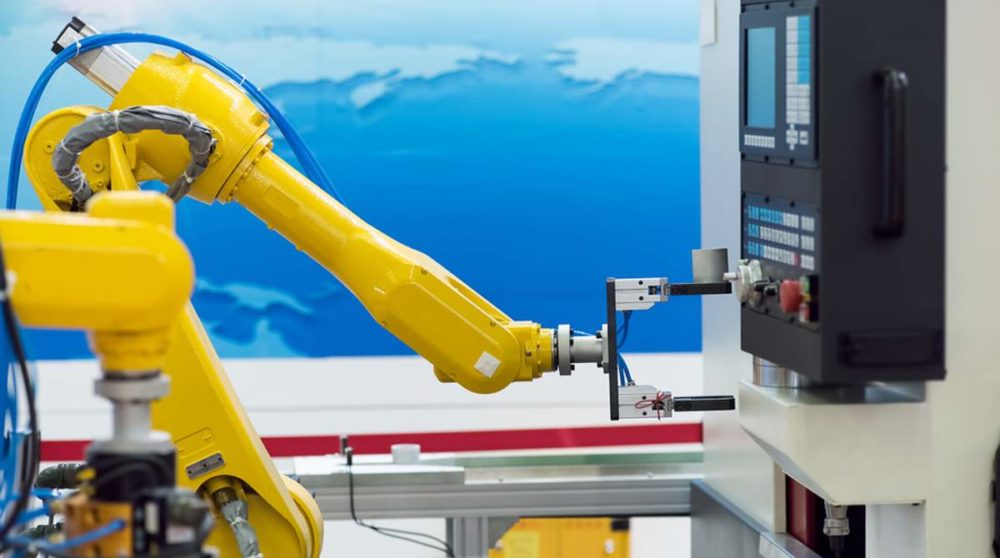In the past, we were used that the crew and the workers had to do every single task with only a little help from the technology and the machines. Because of that, the progress was slow, every project needed a lot of time to be finished and sometimes the health of the crew was put at risk. Luckily, as technology progresses, we can see a lot of robots that are helping the workers. That is especially visible in the glazing industry.
When working with things like glass, both the workers and the goods need to be safe. Sometimes the human error is inevitable and some things are really expensive when they need to be replaced. To make things easier and to make sure that all things are done correctly, many companies and industries start incorporating robots. The robots help the crew move the goods and products like glass and other materials.
Here we are going to talk about the transformation that is happening in the glazing industry because of the robots. Some people say that machines are replacing humans, and some believe that because of the robots, now the human crew is far safer and can focus on the tasks at hand.
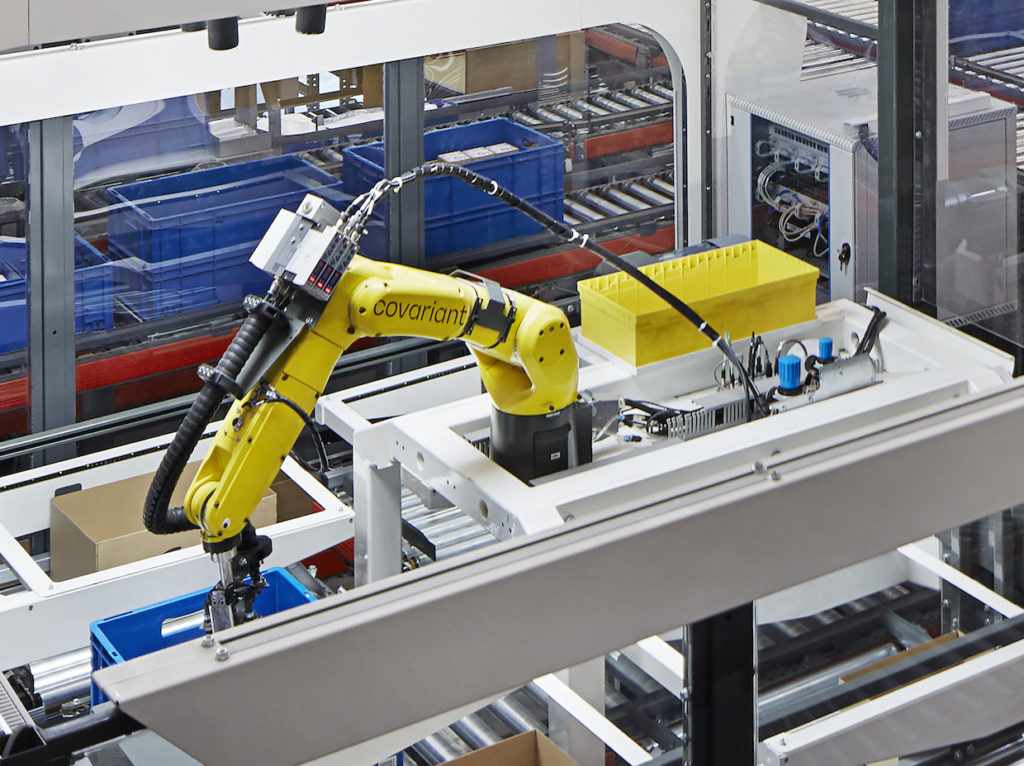
What do glazing industries do?
Before we start talking about robots and other technology, let’s start with the glazing industries. The workers who are part of this industry replace or install glass in buildings and cars. So, the windows you are surrounded by in your home, workspace and in your car were all manufactured and installed in the glaze companies.
As you already know, it is crucial for the job to be done right because if that glass is not properly installed, it may fall and cause disasters. The crew needs to make sure that the windows and glass doors will survive the test of time and that they won’t break during strong winds, earthquakes, and other human or natural factors.
Handling products that are easily damageable and that are a potential risk when broken becomes an additional risk for the human crew. We’ve heard a lot of news where a worker was injured by broken glass and in some rare cases, this hazardous material can lead to serious injuries and even death.
To make the environment safer and to make the whole process faster, industries started incorporating new technology. Robots make the whole process faster, easier and they are calibrated with precision.
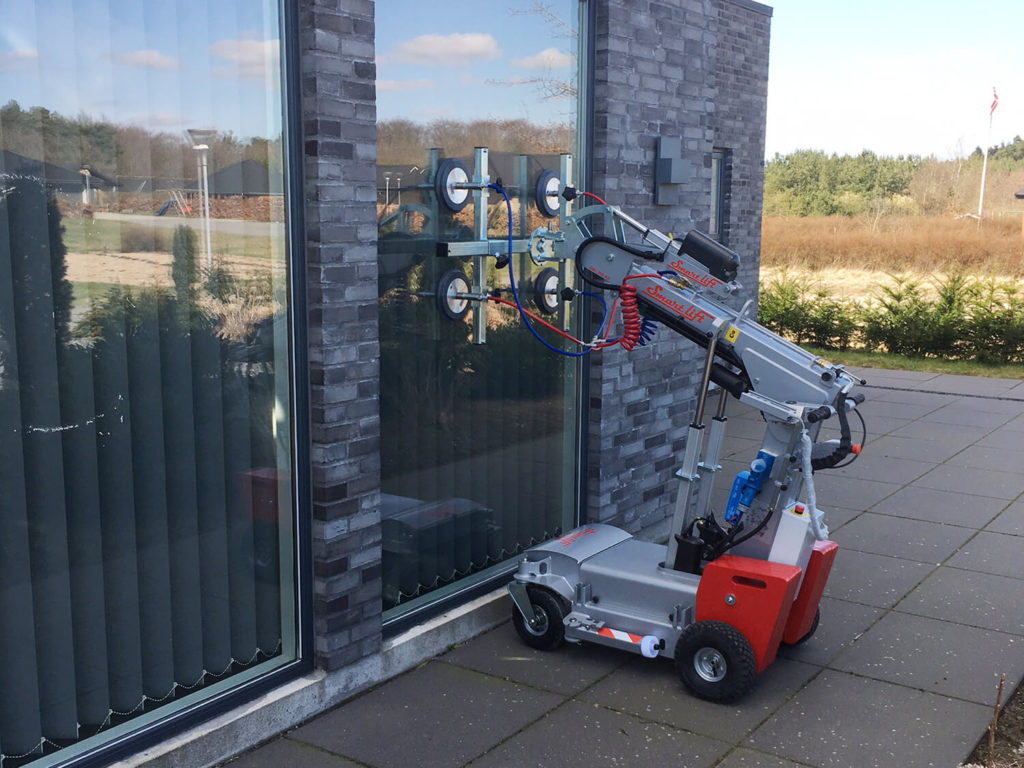
Types of Robots
There are a lot of different models that are available nowadays. Depending on the task, they can lift products, assemble them, or just move them from one place to another.
Some of the most common types of machines you can find in the glazing industry include:
- SL 208 Compact – this robot has a mounting height of 2740mm, it is small and compact and it is highly maneuverable
- SL 280 Standard – this machine is used to lift and move heavy objects. It can lift glass panels that weigh up to 280 kilograms
- SL 380 Outdoor – the robot is used for installing a complete door or window frames or lifting big panels of glass. They are mostly used on building sites
- SL 400 Sky Lifter – a device that is used when there is a need to install glass panels in tall buildings
- SL 1008 Outdoor – cpslift.com suggests that this robot is one of the biggest ones on the market. It has an impressive reach and it provides maximum lifting power
These are some of the many models that are featured in the building sites and manufacturing companies. They are not used only in the factory itself, but they also have a role in the building and construction process. With them, workers don’t have to risk manually installing glass windows on high buildings and the machines can do most of the heavy lifting without the risk of the glass products falling, breaking and causing damage.
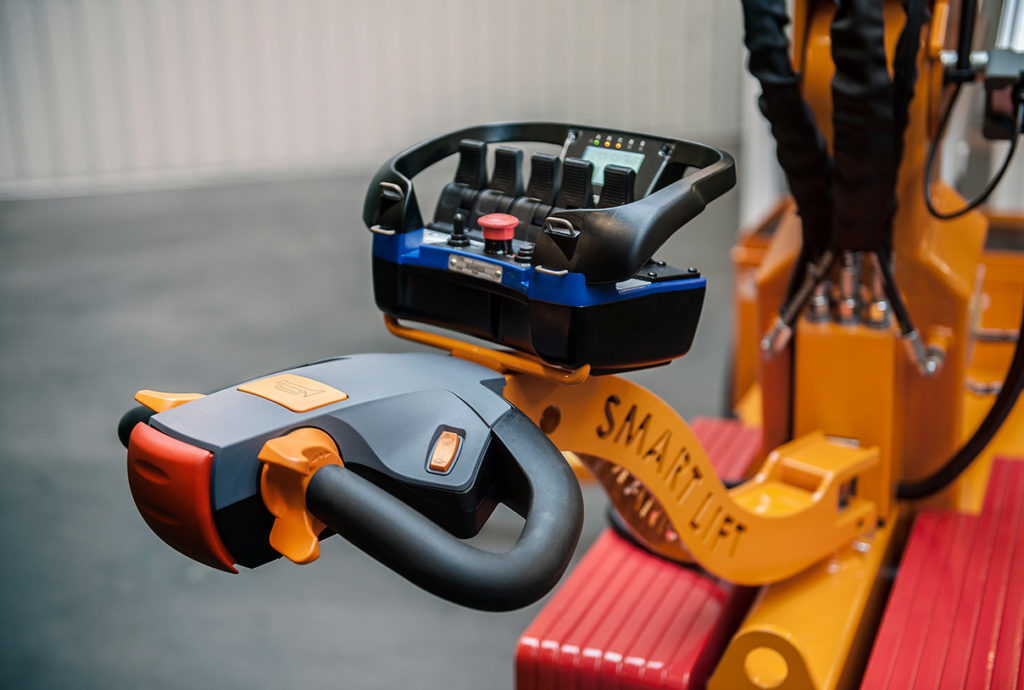
Faster lines
When glass windows are created, there are assembly lines that can be more than 100 meters long, depending on the company. In the past, these lines and the products were all handled by the human crew. Nowadays, many factories are implementing robots.
The process starts by installing video cameras above the lines or on top of the cages and the robotic arms are moved depending on the camera. The arms are bendable and they have millimeter accuracy. When the cameras guide the robotic arms, they can pick up any product and assemble it depending on the whole production process.
Depending on the model, the robots can bend, lift and secure parts of the products that are being manufactured. They can also be programmed, or trained to finish the tasks with ease, without the need for constant human interaction.
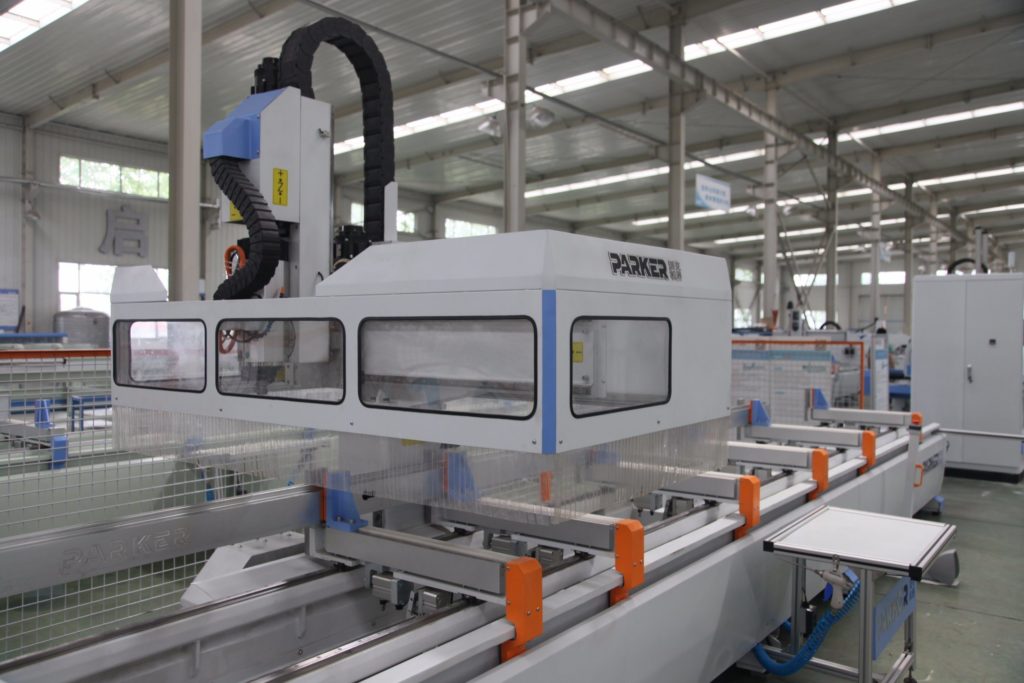
Human roles
When new technologies became part of the big industry, many people were worried about their jobs. Some experts even suggested that robots may replace the human crew. However, when companies started implementing the new machines in their factories, one thing was realized – the human crew is now safer, there are fewer injuries and there is a need for a lot less physical labor.
Many of the workers were complaining to back pain since they were required to lift heavy boxes and move around products that were too hard to move. Now the machines are doing most of the heavy lifting and they are made in a way that does not damage them. Another thing that factories are implementing are voice recognition programs. With them, the manager or the worker can set up the machines and they can give orders on what needs to be done and in which sector.
All of these things are helping the human crew, and now they can focus on more important tasks that involve practical thinking.
It is said that by introducing technology in building and glazing industries, the whole distribution process is becoming faster and easier. Even older models of these machines can get the job done, but in these cases, the human crew needs to control them every step of the way.
There is still room for improvement and the companies that produce these robots say that they have new upgrades planned which will make the process even faster and easier. Soon we should expect models that can do the tasks fully on their own, with the help of cameras.

